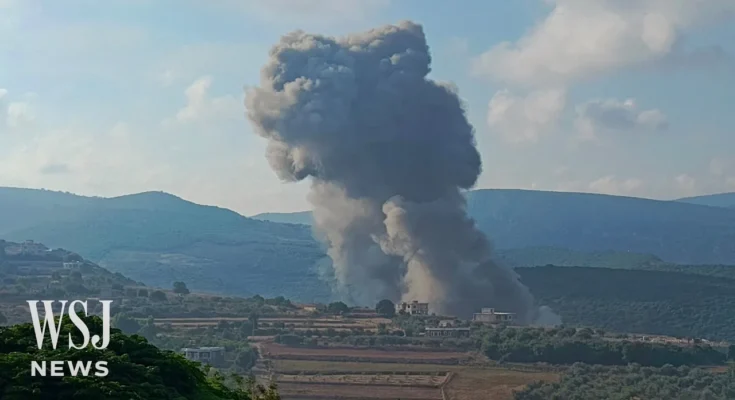srael’s military hit dozens of targets in Lebanon, after it detected the militant group Hezbollah was preparing for an attack. Here’s a look back at how the tensions in the region have escalated since July.
Recent Military Actions: In the latest development, the Israel Defense Forces (IDF) conducted extensive airstrikes targeting Hezbollah positions across southern Lebanon. These strikes were a response to what Israel described as imminent threats from Hezbollah, including preparations for potential rocket attacks and incursions into Israeli territory. The IDF’s actions aim to disrupt Hezbollah’s operational capabilities and prevent further aggression.
Tensions Since July: The escalation in hostilities has been building since July, when initial skirmishes broke out along the Israel-Lebanon border. At that time, Hezbollah launched a series of cross-border attacks, resulting in casualties and damage to Israeli infrastructure. In response, Israel conducted targeted operations against Hezbollah’s military assets.
Throughout August, the situation has deteriorated further, with frequent exchanges of fire and increased military operations from both sides. The conflict has led to significant civilian and military casualties and has severely impacted daily life in border regions.
International Reactions: The international community has expressed growing concern over the escalating violence. The United Nations and various global leaders have called for an immediate ceasefire and renewed dialogue to address the underlying issues fueling the conflict. Humanitarian organizations are working to assist those affected by the violence, but the ongoing hostilities have made it challenging to provide relief.
Future Outlook: Analysts warn that continued escalation could destabilize the region further and lead to a broader conflict involving neighboring countries. The situation remains fluid, with ongoing military actions and diplomatic efforts aimed at de-escalation.


